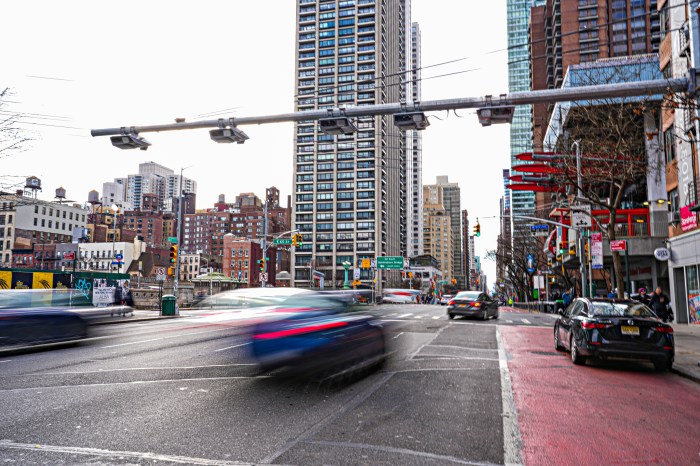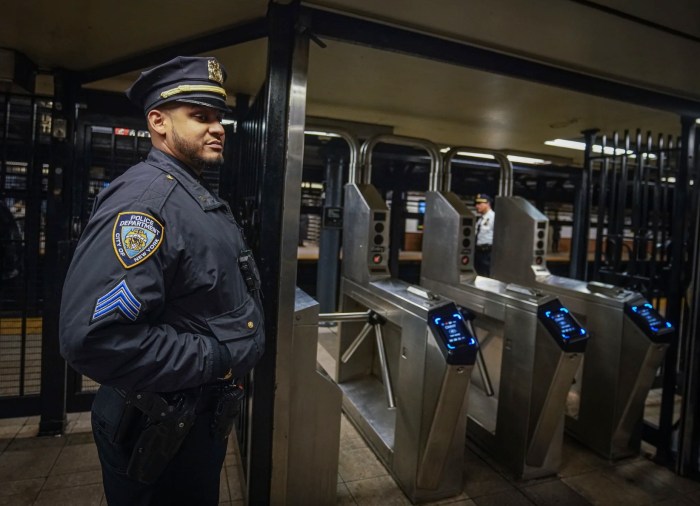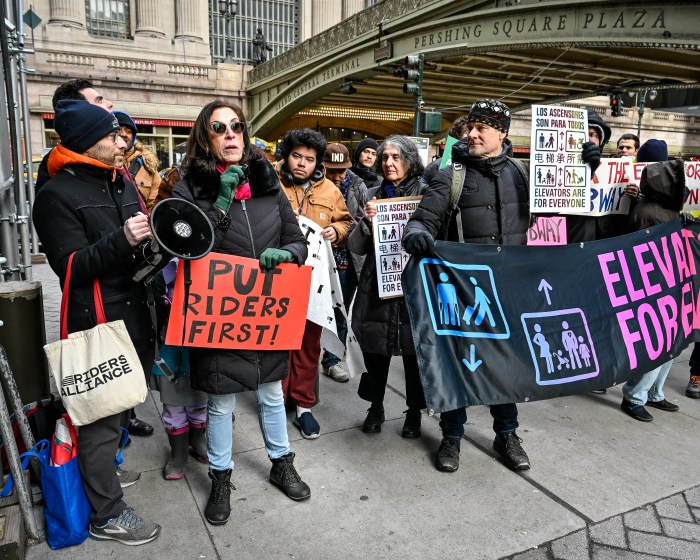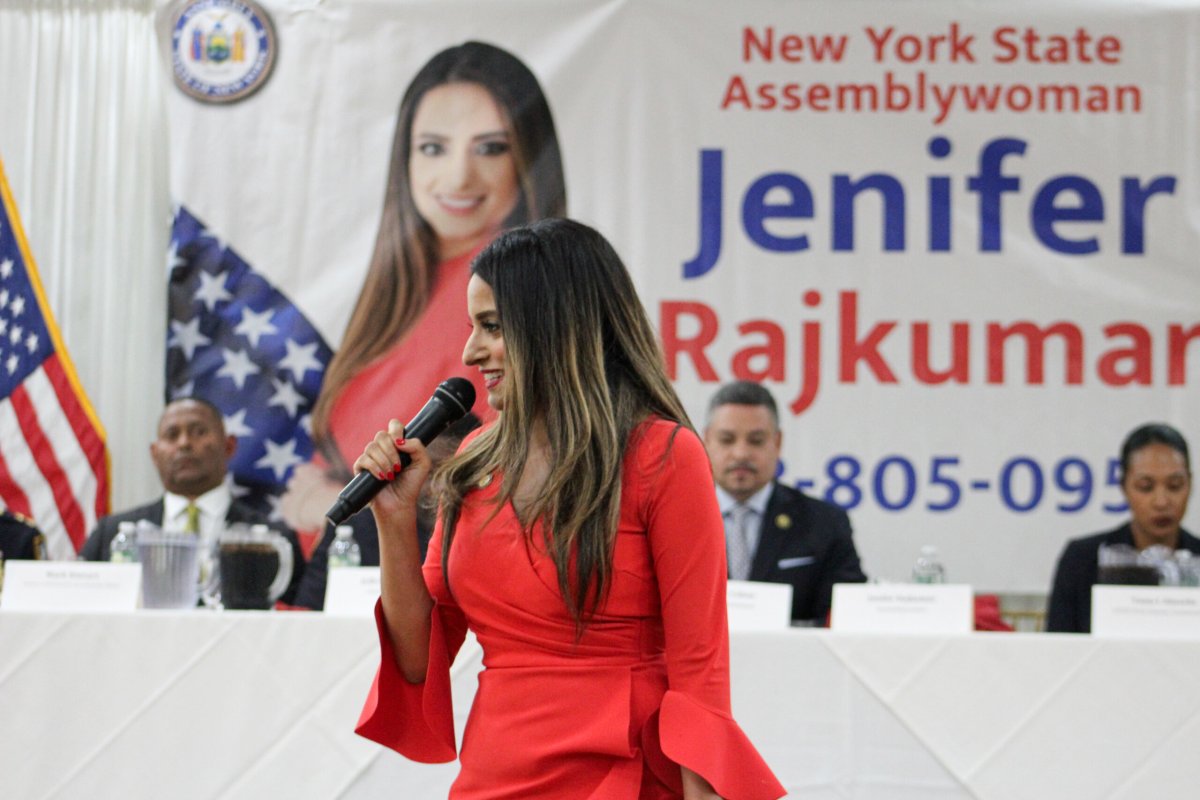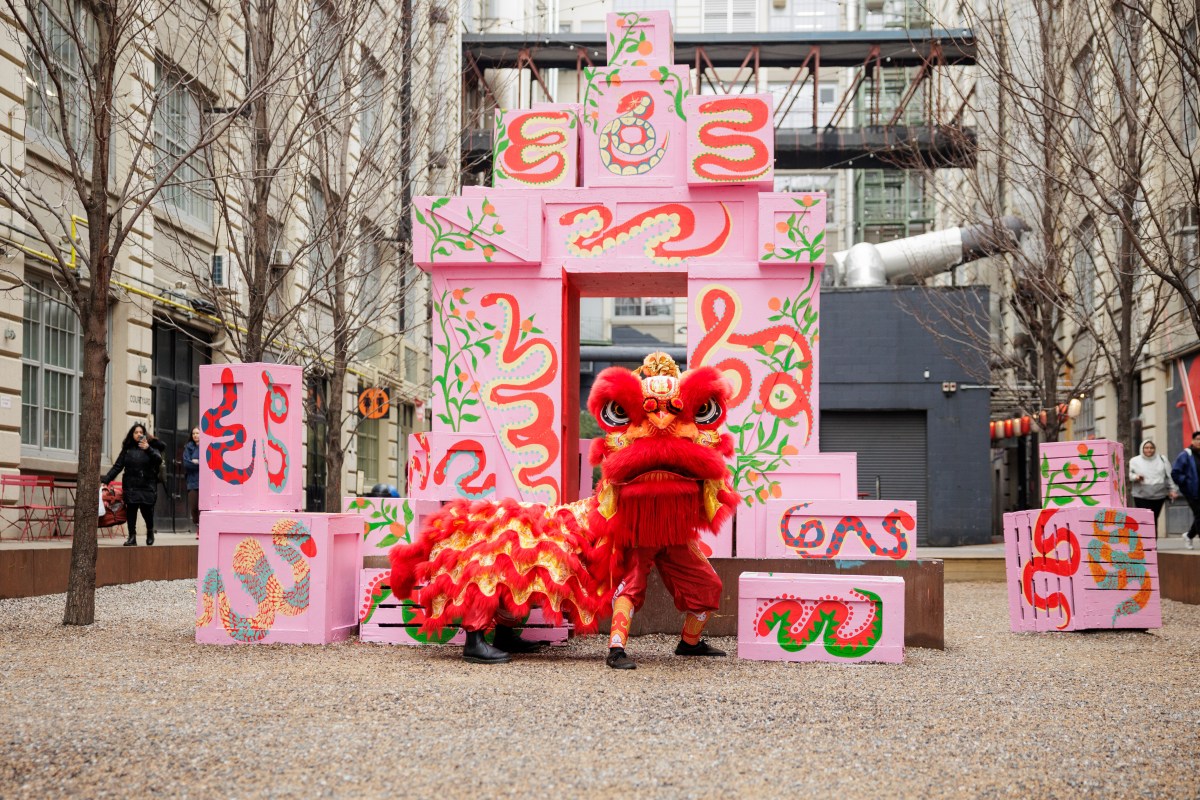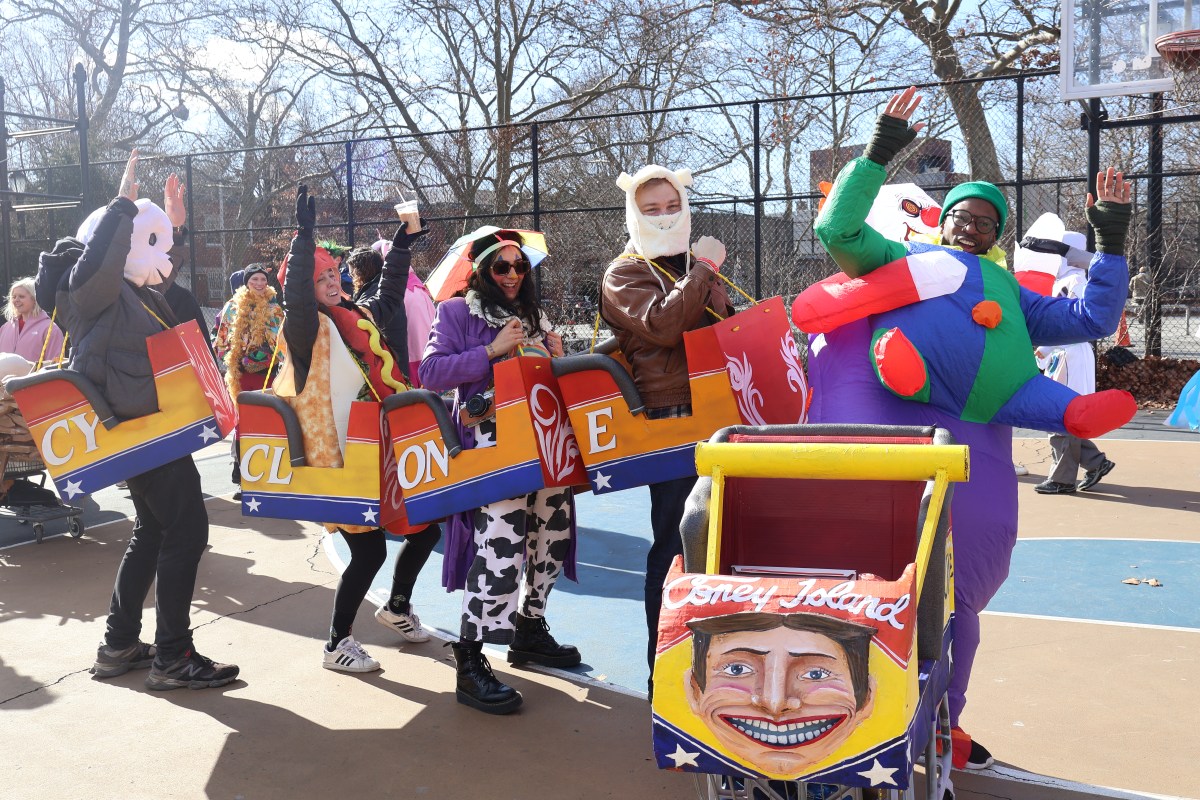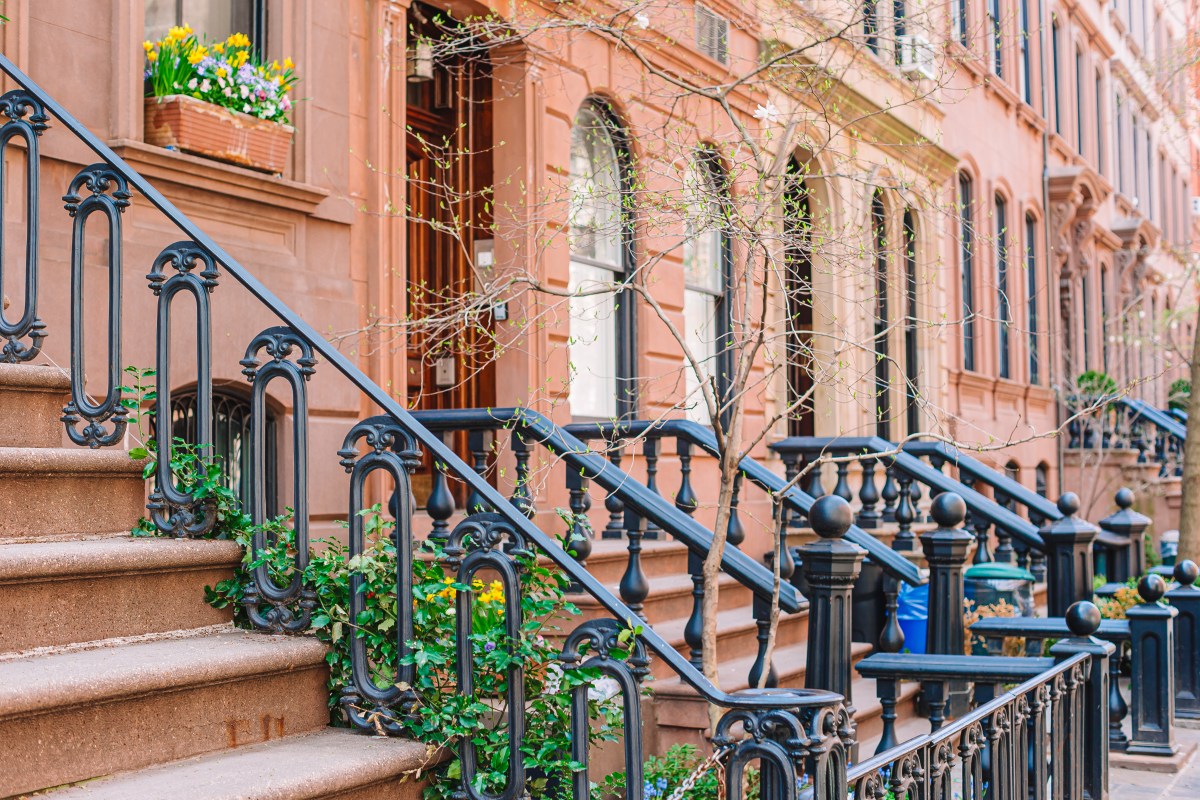
Mayor Bill de Blasio is missing in action with the L train shutdown swiftly approaching, according to transit advocates.
With the 15-month closure of L train service to and through Manhattan just a year away, several groups took to the steps of City Hall on Tuesday to call for the mayor to support a 24-hour busway through 14th Street and other round-the-clock restrictions.
The de Blasio administration and the MTA are still working to hash out final details of the travel alternatives that will be offered for the more than 200,000 daily riders who take the L under the East River.
Advocates agree that the repair work is necessary after superstorm Sandy flooded the Canarsie Tunnel in 2012, badly damaging equipment there. But they feel the state-run MTA and the city are setting themselves up for what was conversely called an “L-pocalypse” and “carmageddon,” given what they see as weak secondary options they have for commuters.
“The L train is a 24-hour-a-day train. The communities that rely on the L train are 24-hour-a-day communities and the plan to accommodate riders has to be 24-hour-a-day as well,” said John Raskin, the executive director of the nonprofit Riders Alliance, which was joined by Transportation Alternatives and the Tri-State Transportation Campaign.
“The L train itself has more ridership than most American cities’ entire mass transit systems,” Raskin continued. “If we don’t take aggressive and ambitious action to take care of L train riders, we’re going to have a true L-pocalypse that is going to paralyze neighborhoods through lower Manhattan and in Brooklyn.”
The city and the MTA are currently planning to boost subway service on lines near the L, while also providing new bike infrastructure, ferry service in the East River and some vehicular restrictions on certain roadways to support three new shuttle bus routes to be used to move displaced commuters between Brooklyn and Manhattan.
As much as 85 percent of those impacted L riders will switch to nearby subway lines, according to estimates from the MTA and the city’s Department of Transportation. But even then there is a need to move 70 buses per hour over the Williamsburg Bridge in order to absorb leftover commuters, according to the agencies.
To support that level of bus service, the MTA is planning several peak hour roadway changes:
- Convert much of 14th Street into a busway exclusively for pedestrians, buses and local deliveries
- Restrict Williamsburg Bridge use to buses, cars with three or more passengers and trucks
- Allow buses and local traffic only on Grand Street
But the city has yet to define what “peak hour” means and advocates think the changes would be needed every hour of the day to support the ridership on the L. Some experts have questioned whether nearby subway lines like the J, M, Z, and G — even with added service — could handle a significant ridership increase due to factors such as the physical limitations of stations, like narrow staircases or few entry points, that would create overcrowding.
Paul Steely White, the executive director of Transportation Alternatives, said it was “not realistic” to expect the other subway lines to absorb as much as 85 percent of the displaced L riders, because of the additional time many riders would face walking to and transferring between other lines.
“If the DOT and the MTA only bring a part-time busway, that will create ambiguity in the minds of commuters and motorists alike and it will inundate local streets with more traffic,” White said, referencing a recent study on the shutdown that his organization commissioned from the firm BRT Planning International.
As a commuter on the J, M and Z lines, Jen Nelles, an adjunct professor at Hunter College’s Urban Policy & Planning Department, is “terrified” by the prospect of the L shutdown with partial street restrictions, she said. She shared White’s skepticism that it would make more sense to launch the shutdown with 24-hour restrictions, with the option to scale back if bus ridership turned out to be lower than anticipated.
“The plans that I’ve seen so far — at least there are plans — absolutely don’t go far enough in dealing with the onslaught of people who are going to have to find alternatives,” Nelles said.
“I think the city and the MTA are bungling a huge opportunity to say, ‘Let’s rethink traffic patterns; let’s rethink how we move people around in the most congested part of the region,’” she continued. “And use this for a moment for experimentation and learning in a way that also benefits people.”
White feared that the city would shy away from 24-hour restrictions due to community pressure — particularly on the west side of Manhattan, where several community groups opposed to prioritizing buses have sued the MTA and the city over the planning for the service outage.
“Even if the city is concerned about those local residents and their local streets,” he said, “they should be recognizing, as everyone should be recognizing, that the less robust these alternatives are, the more traffic those neighbors are going to have on their streets.”
The MTA did not respond to a request for comment. Scott Gastel, a spokesman for the DOT, said in an email that, “As we’ve noted we are planning to operate the busway at peak hours and look forward to hearing more from stakeholders on this item and others as we continue to work alongside the MTA.”



